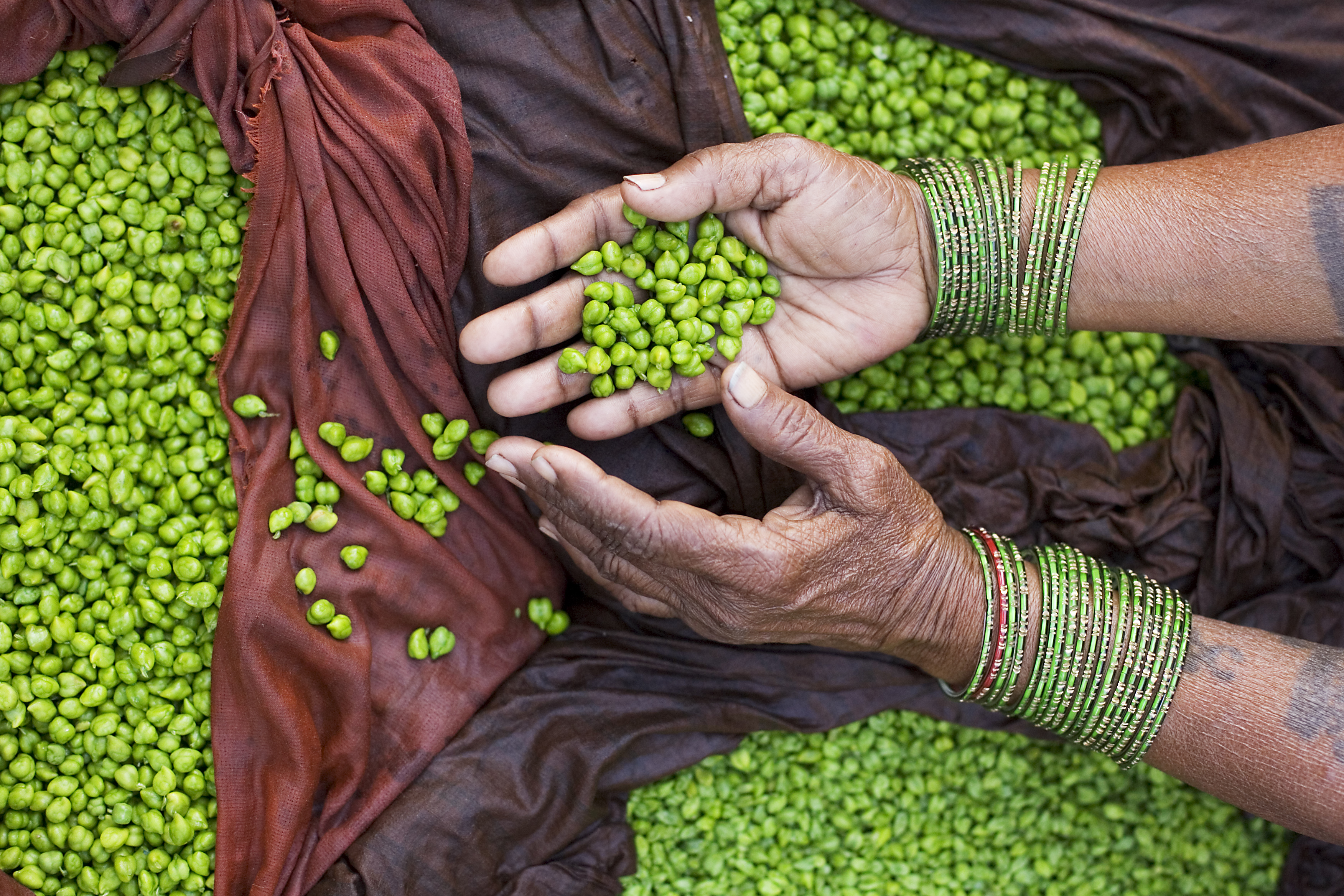New research from a collaborative European Union (EU) project TRUE – “Transition paths to sUstainable legume based systems in Europe” (TRUE) has implicated that plant protein is the key to combating hunger and mitigating against global warming. Legumes, such as peas, beans and lentils have been found to have the highest nutrient density and the lowest environmental production costs, especially in terms of carbon dioxide emissions.
Agriculture is the sector that contributes the most to Irish greenhouse gases, in the form of carbon dioxide and methane. These gases trap solar irradiance and energy in the earth’s atmosphere, effectively warming the planet and causing the “greenhouse effect”. This anthropogenic climate change is now threatening many lives, especially in developing nations, where drought and floods are causing mass displacement and suffering. For example, the 2010 floods in Pakistan, exacerbated by climate change and subsequent rising sea levels, covered more than one fifth of the entire country and left millions homeless.
Such dire circumstances have required all countries to analyze their responsibility and contribution to this issue. Although Ireland is a small country, with a small population, it has some of the highest per capita greenhouse gas emissions metrics in the world. This has caused much discussion about the Irish agriculture sector, and how it will adapt and change in order to prevent catastrophic climate change. Despite pleas made by our previous Taoiseach Enda Kenny, and our current Minister for Climate Action and the Environment, Denis Naughten, for special allowances and loopholes for Ireland, our government had made assurances to the United Nation and to the international community that we will reduce these emissions.
Failing to follow through on these sorts of promises is not cheap. For example, Ireland is on track to be fined hundreds of millions by the European Union for failing to meet 2020 renewable energy targets. Bearing in mind that it is the Irish taxpayers who will have to pay this fine, and also suffer the consequences of climate change (storm Ophelia anyone?), let’s take a look at what a more environmentally friendly protein production system might look like.
Initial results come from ‘Project TRUE’, a European Research Project which brings together 24 institutions across Europe. The project is being backed by the EU Horizon 2020 research and innovation programme. In a study conducted by Trinity students Shauna Maguire and Conor O’Brien, under the supervision of Assistant Professor in Botany, Mike Williams, dietary protein sources were scored by environmental cost of production (which incorporates greenhouse gas emissions, groundwater pollution and land requirement), and by their nutrient content.
The results were very clear. According to Professor Williams,: “Plant protein sources … show the highest nutrient density and the lowest environmental costs associated with production. For example, peas have a nutrient density to environmental footprint ratio approximately five times higher than equivalent amounts of lamb, pork, beef or chicken.” As a result, the ultimate aim of this practice-research partnership project is now to identify the best transition paths to increase sustainable legume consumption across Europe.
The environmental and nutritional indices produced by the study have been applied to a range of diet scenarios, and the Irish researchers have calculated specific environmental benefits where the proportion of animal protein consumed is reduced.
Professor Williams added: “Such quantitative estimates of sustainable food and agriculture will hopefully allow a more informed choice for consumers when considering the main protein component of their diet.”
Of course it is not all so simple as that. Exacting plans and definite timelines must be drawn up by governmental Departments if any tangible and immediate change is to be taken to ameliorate the agricultural issue. It will not do to simply demonize the agricultural sector outright and alienate the marginal farming communities of Ireland. If we are to transition from an environmentally damaging agricultural system, based on beef farming, to an environmentally friendly one, based on plant protein, support must be given to Irish farmers. This must be clearly defined economic support in the form of subsidies and grants to facilitate such transitions, and also community and cultural support. Anyone from rural Ireland knows how much a farmer’s cattle mean to them. Dairy and beef farming are central aspects of the Irish identity and culture. To remove them without any support risks the community destabilization witnessed in the English mining towns in the 1980s.
However the direction we must move in is apparent. Alicia Kolmans, from the Research Centre for Global Food Security and Ecosystems at the University of Hohenheim in Germany, commented: “These first results of the TRUE Project are an important orientation for European consumers and decision makers, considering the risks to society emerging from the global increase in animal protein consumption, including growing environmental problems and increased food insecurity due to the competition between food and feed on global fields.”
Hopefully with the information provided by such advanced modelling approaches, combined with data generated from the 24 case studies, will lead to concrete innovations and to a Decision Support Tool for primary producers, agronomists, processors, associated businesses and politicians.







